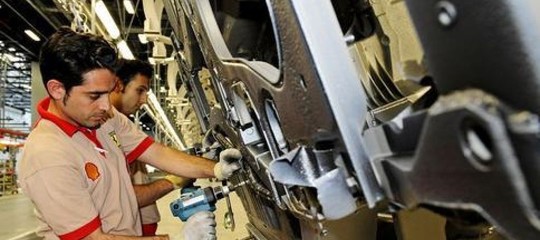S&P: Italian enterprises are showing stronger signs of recovery

Milan - After two years of slow progress, Italian companies are showing stronger signs of recovery. This is the conclusion of a report by Standard&Poor's, in which analyst Renato Panichi says that "in 2016, profitability and the financial leaver created by Italian enterprises have led to recovery, and our forecasts indicate a positive trend until 2018". At the same time, however, the companies' investments are increasing "too modestly" after declining between 2011 and 2014.
"Their contribution to the GDP is approximately 9%, less than in 2008 and less than the average in similar countries", says Panichi. In the past few years, fewer investments have led to less installed capacity but have also made Italian companies "less technologically advanced", says the report.
Last year, the profits of the groups in our country grew, registering a 4.9% return on capitals, an increase compared to the average 4.6% recorded between 2012 and 2014.
At the same time, the financial leverage has gone down in most sectors. These improvements are supported by the Country's economic recovery process, with positive signs coming from growing consumption, export and investments, which lead to believe that "recovery is gaining pace". This, said Panichi, should help Italian companies to close the gap with the European companies, especially as far as their weaknesses are concerned, meaning "low productivity and limited size and capitalization". Investments are encouraged by better credit conditions, better use of the plants, "which has reached 77%, and normally supports the issue of a new round of investments" and the recovery of profitability and trust. The incentives adopted by the Government on Industry 4.0, are the fourth supporting factor. On the other hand, according to the rating agency, the greatest risks are presented by international trade and political tensions, including those linked to the 2018 elections.

